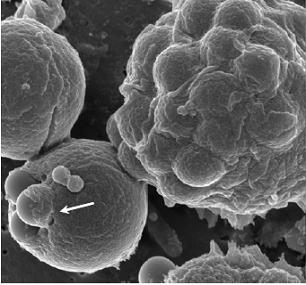Cell Basics
Spring, 2007
by Joel Comiskey
Most cell churches need fine-tuning. During one cell church consultation, I noticed that the church’s cell groups were too large. Most of these cells had 15-20 adults and were in need of multiplication. I challenged them to envision thirty-five cells and to make the vision a reality as soon as possible. Here are few dangers of overly larger cell groups:

- No desire to invite newcomers. When a cell has 15 adults or more, there is simply no desire among members to make it more crowded by inviting their non-Christian or unchurched friends–or even inviting those who are attending the Sunday service but are not in a cell group. It’s simply too large. And who would want to host such a large cell? Thus, the unspoken thinking among members is let’s keep this cell manageable by not inviting anyone else. Thus, large cells actually hinder the overall cell growth of the congregation.
- Harder to lead a large cell. When a cell is too large, it becomes a harder task to actually lead it. It simply takes more time to prepare, call the members, etc., etc. Thus, those who are leading large cells will often want to step down to try an easier ministry after awhile.
- Doesn’t model simplicity of facilitation in leadership. Another more subtle consequence of a large cell is that future leaders won’t easily step up to the plate. Potential leaders might feel like they’re not the “leader type.” In the mind of a potential leader, it appears that leading a cell requires a certain charisma, organizational skill, etc., etc. Thus, if the groups are too big, fewer potential leaders will volunteer to lead future multiplications.
- Community suffers. Shy Mary won’t talk much in a larger cell group. She just doesn’t feel comfortable. She will speak in a group of 5-10 adults, but just doesn’t feel comforgable in a larger atmosphere.
The average size of our cell groups in Ecuador was 7.5. I was in one famous cell church that multiplied their cells at ten people. Our groups here at Wellspring are also smaller. The strength of smaller cells include:
- Each member has to work harder to reach out. Yes, there’s some pain involved, but the growth can only go upward. There’s always room for that open chair and the new invitee. In fact, smaller cells long for growth.
- New leadership will more readily step up to the plate. It’s far easier to lead a group of eight people than one with 15-20.
- Shy Mary feels extremely comfortable in sharing. Thus, community is sweeter
- Hosting the cell is more manageable.
I believe that leadership development (mulitplying disciples who make disciples) is at the heart of cell leadership. Christ’s plea in Matthew 9:37-38, “The harvest is plentiful but the workers are few. 38 Ask the Lord of the harvest, therefore, to send out workers into his harvest field.”
